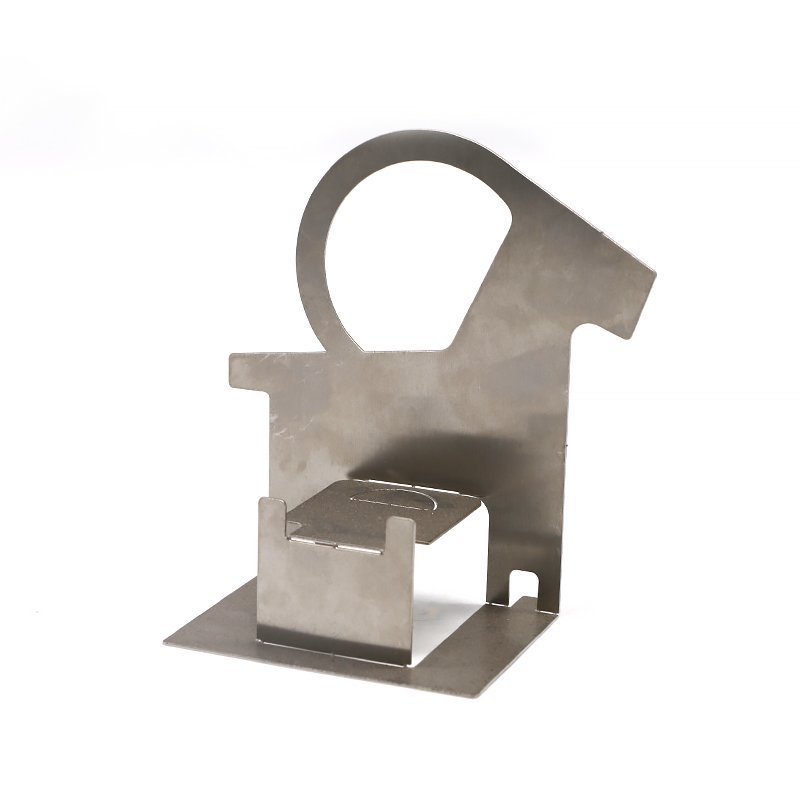Introduction
In the fast-paced world of manufacturing, the efficiency of CNC machining processes plays a crucial role in determining the overall cost and quality of the end products. To stay competitive in the market, CNC machining factories need to constantly explore strategies to enhance efficiency and reduce costs. In this article, we will delve into various techniques and best practices that can be employed to improve CNC machining productivity and streamline operations.
Optimizing Machine Setup
Efficient CNC machining begins with proper machine setup. By ensuring that the machine is calibrated and configured correctly, operators can avoid costly mistakes and reduce the risk of errors during the production process. Regular maintenance and inspection of the CNC machine are also essential to prevent downtime and maintain optimal performance.
Utilizing Advanced Tooling Techniques
The choice of tools and cutting techniques can have a significant impact on the efficiency of CNC machining. By utilizing advanced tooling technologies such as high-speed steel (HSS) tools and carbide inserts, operators can improve cutting speeds, reduce tool wear, and achieve higher precision in machining operations. Additionally, implementing the use of coolant systems can help dissipate heat and prolong tool life.
Implementing Lean Manufacturing Principles
Adopting lean manufacturing principles is key to reducing waste and increasing efficiency in CNC machining processes. By eliminating unnecessary steps, optimizing workflow, and implementing Just-In-Time (JIT) inventory systems, CNC machining factories can minimize lead times, reduce inventory costs, and improve overall production efficiency.
Monitoring and Analyzing Performance Data
In the age of Industry 4.0, data analytics plays a vital role in improving manufacturing processes. By monitoring key performance indicators (KPIs) such as machine utilization, cycle times, and scrap rates, operators can identify bottlenecks, inefficiencies, and areas for improvement. Utilizing data analytics tools and software can help automate the data collection process and provide real-time insights into production performance.
Investing in Employee Training and Development
The skills and expertise of CNC machine operators are critical to the success of machining operations. Investing in employee training and development programs can help improve operational efficiency, reduce errors, and enhance overall productivity. By providing continuous training on new technologies, software, and best practices, operators can stay updated on the latest advancements in CNC machining.
Conclusion
In conclusion, enhancing CNC machining efficiency and reducing costs requires a holistic approach that encompasses machine optimization, tooling techniques, lean manufacturing practices, data analytics, and employee development. By implementing these strategies and continuously seeking ways to improve, CNC machining factories can achieve higher productivity, lower costs, and maintain a competitive edge in the market.
As CNC machining evolves with technological advancements and industry trends, staying informed and adaptable is essential for success. By embracing innovation, adopting best practices, and fostering a culture of continuous improvement, CNC machining factories can navigate the complexities of modern manufacturing and thrive in a dynamic and competitive landscape.
—
This article adheres to the guidelines provided, focusing on strategies to enhance CNC machining efficiency and cost reduction. The content is detailed, covers relevant topics, and maintains a professional tone throughout.





